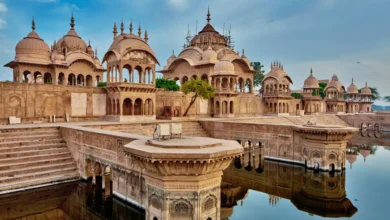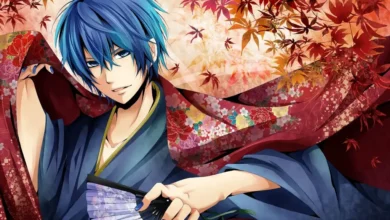When we think of France, images of breathtaking art, elegant fashion, and exquisite cuisine often spring to mind. It’s no coincidence; these elements are deeply interwoven into the fabric of French identity and have shaped global perceptions for centuries.
But why has France become such a beacon of these cultural cornerstones? This article delves into the historical, social, and artistic factors that have cemented France’s reputation as a leader in art, fashion, and cuisine.
A Legacy of Artistic Innovation
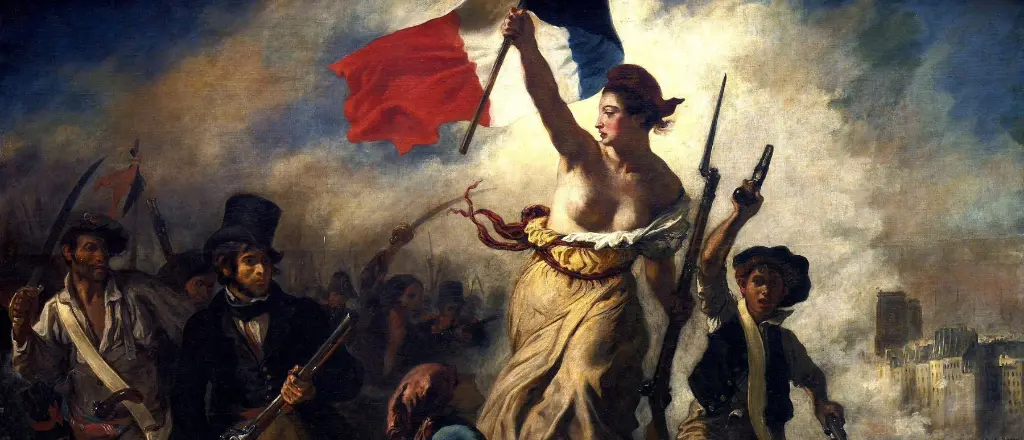
The Renaissance and Beyond: Laying the Foundation
France’s artistic journey is a long and rich one, with roots stretching back to the Renaissance. While the Italian Renaissance gets much of the spotlight, France played a pivotal role in adapting and evolving these artistic principles.
The patronage of the monarchy, particularly during the reign of Francis I, brought Italian masters like Leonardo da Vinci to France, sparking a period of intense artistic activity. The emphasis on classicism, harmony, and proportion, hallmarks of Renaissance art, were embraced and integrated into French artistic expression.
See also Why South African Culture is Gaining Global Recognition
Why South African Culture is Gaining Global RecognitionThis period laid the groundwork for future artistic movements. The Baroque era, with its dramatic flair and opulent aesthetics, found a strong foothold in France. Then came Neoclassicism, with its emphasis on reason and order, mirroring the intellectual climate of the Enlightenment. These movements weren’t just imported; they were absorbed, reinterpreted, and given a distinctly French character.
This ability to adapt and innovate is a key reason for France’s ongoing significance in the art world. You’ll see this spirit reflected in iconic structures such as the Palace of Versailles, a masterpiece showcasing the grandeur and artistic aspirations of the French monarchy.
The 19th Century: A Hotbed of Artistic Revolution
The 19th century marked a particularly fertile period for French art. Paris became the undisputed center of the art world, attracting artists from around the globe. This era saw the rise of groundbreaking movements like Impressionism, which challenged traditional artistic conventions with its emphasis on capturing fleeting moments and the effects of light.
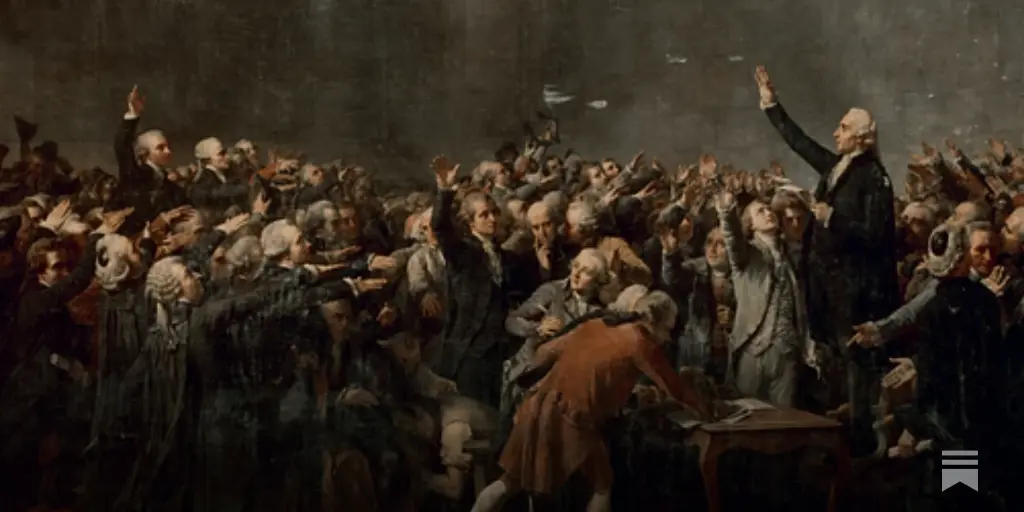
Artists such as Claude Monet, Edgar Degas, and Pierre-Auguste Renoir pushed the boundaries of painting, leaving an indelible mark on art history. Post-Impressionism followed, with artists like Paul Cézanne, Vincent van Gogh, and Paul Gauguin exploring new paths in form and expression.
See also Ancient Burial Rituals and Their Cultural Significance
Ancient Burial Rituals and Their Cultural SignificanceFrench artists continued to innovate throughout the 20th century, shaping Modern Art and beyond with movements like Fauvism, Cubism, and Surrealism. The artistic legacy of this period is immense and continues to resonate with artists and enthusiasts today. The presence of world-renowned museums like the Louvre and the Musée d’Orsay, which house these incredible collections, further solidifies France’s position as an artistic powerhouse.
The Allure of French Fashion
From Royal Courts to Haute Couture
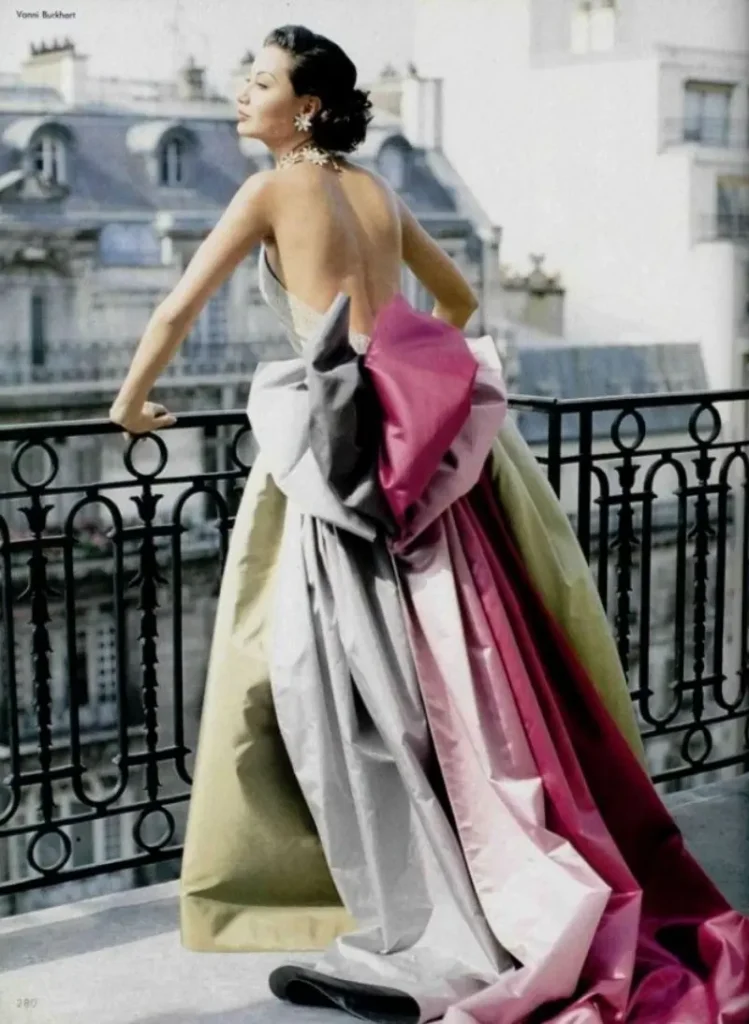
The story of French fashion is intimately tied to the history of the French monarchy and the rise of luxury goods. The court of Louis XIV, the “Sun King,” was a major influence in setting fashion trends that were copied across Europe. Lavish fabrics, intricate designs, and extravagant embellishments were the hallmarks of this era. This association between French fashion and high quality, exclusivity, and refinement continues to this day.
The 19th century saw the rise of haute couture, with Charles Frederick Worth, considered the father of haute couture, establishing his fashion house in Paris. This marked a turning point in the fashion industry, moving from custom-made clothing to a more structured and creative approach.
Haute couture houses focused on meticulously crafted garments with innovative designs using the finest materials, creating a standard of excellence that set France apart. This tradition of exceptional craftsmanship and innovative design is continued by fashion houses such as Chanel, Dior, and Yves Saint Laurent.
Paris: The Global Fashion Capital

Paris remains the epicenter of the fashion world. Its status as a fashion capital is supported by a number of factors, including the presence of prestigious fashion schools, a vibrant fashion media scene, and a global network of luxury boutiques. The city hosts Paris Fashion Week, a biannual event where major designers showcase their latest collections. This event draws international media attention and solidifies Paris’s role in setting global trends.
The French philosophy of fashion goes beyond mere clothing; it’s an expression of personality, artistry, and culture. The emphasis on impeccable tailoring, timeless elegance, and sophisticated styling has contributed to the enduring appeal of French fashion around the world. The iconic silhouettes and classic designs of French fashion houses are widely recognized and emulated.
The Gastronomic Delights of French Cuisine
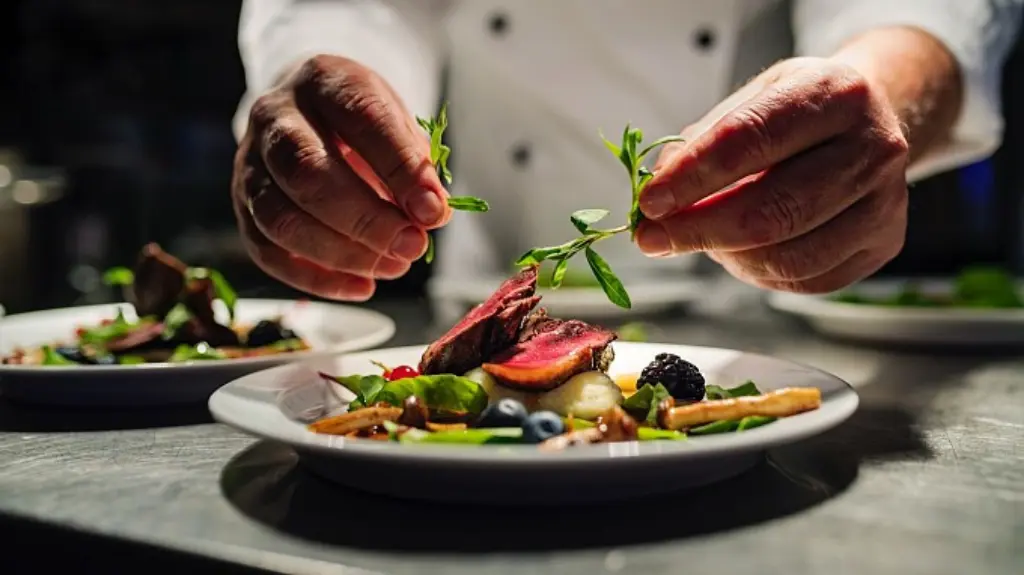
A History of Culinary Artistry
French cuisine is not just about food; it’s a philosophy, a ritual, and an art form. From the intricate sauces to the precise techniques, French cooking elevates dining to a deeply sensory experience. The emphasis on quality ingredients and meticulous preparation has shaped France’s culinary reputation for centuries. During the reign of Louis XIV, French cuisine began its ascent to global dominance, with chefs focusing on creating elaborate meals using the freshest and finest ingredients.
The 19th century witnessed the formalization of French haute cuisine, with chefs like Auguste Escoffier codifying traditional techniques and recipes. His work at the Savoy Hotel and the Ritz Hotel established standards of culinary excellence that continue to influence chefs worldwide. Escoffier’s method of organizing kitchens, his refined approach to sauce making, and his emphasis on fresh, seasonal ingredients laid the foundation for modern French cuisine.
The Influence of Terroir and Regional Specialties
A significant aspect of French culinary culture is the concept of terroir, which encompasses the unique environmental factors that contribute to the character of agricultural products. This idea that the soil, climate, and traditions of a region impact the taste and quality of food is deeply ingrained in French culinary thought. This concept explains why France has so many diverse regional specialties.
From the seafood dishes of Brittany to the hearty stews of the Alsace region, each area of France has its distinct flavors, ingredients, and culinary practices. This regional diversity is a treasure that enhances the richness of French culinary culture.
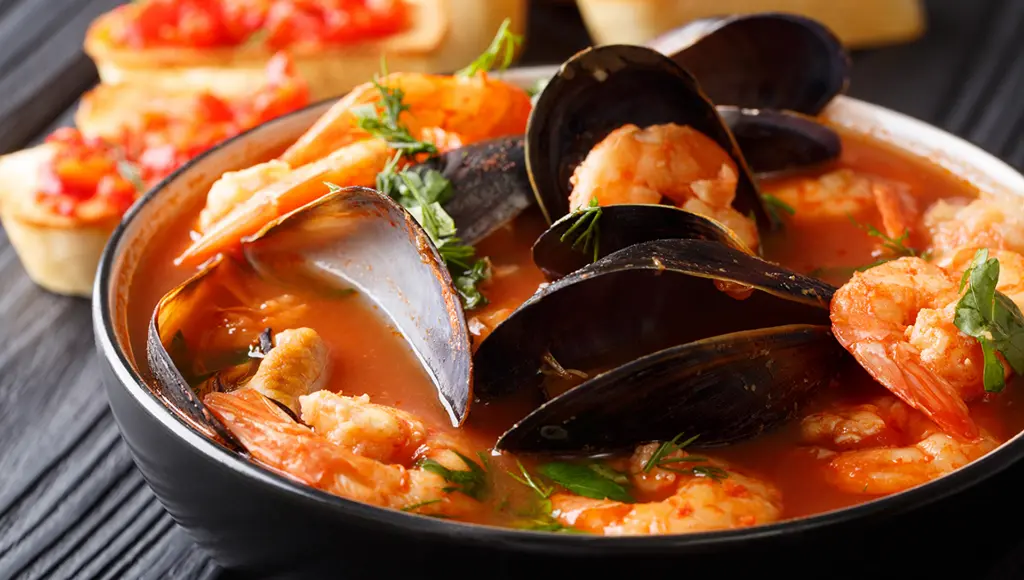
Dishes like coq au vin from Burgundy, bouillabaisse from Provence, and quiche Lorraine from Lorraine showcase the unique traditions of their respective regions. Furthermore, the French embrace the social aspect of dining, encouraging communal meals where food is savored and conversations are shared. This emphasis on leisurely dining contributes to the immersive experience of French cuisine.
Beyond Haute Cuisine: Bistros and Bread
While haute cuisine represents the pinnacle of French cooking, France also boasts a rich tradition of bistro cuisine. Bistros offer simpler, more rustic fare that still emphasize fresh, quality ingredients. These informal dining spots are an essential part of French social life, offering accessible yet delicious food. Dishes such as steak frites, onion soup, and croque monsieur, staples of the French bistro, are renowned internationally.
Another critical element of French cuisine is the quality of its bread. The artistry of French bread making, from the classic baguette to various regional loaves, is considered a sacred tradition. The freshly baked bread, served with almost every meal, is more than just a side dish; it’s an essential part of the French dining experience. The commitment to using high-quality flour, traditional techniques, and slow fermentation contributes to the exceptional flavor and texture of French bread.
The Interconnectedness of Art, Fashion, and Cuisine
While art, fashion, and cuisine might appear as separate disciplines, in France, they are deeply intertwined. These three aspects of French culture share common themes of creativity, craftsmanship, and an appreciation for beauty. For example, the design elements in haute couture often draw inspiration from works of art, and the presentation of food in French cuisine is a form of artistic expression.
The French approach to aesthetics, which is characterized by an emphasis on elegance, sophistication, and detail, permeates all three domains. This pursuit of beauty is not merely superficial; it reflects a deeper appreciation for quality and artistry. The French also share a strong sense of tradition and heritage, which is evident in their respect for artistic history, their commitment to haute couture, and their dedication to preserving culinary techniques.
The Enduring Appeal of French Culture
France’s dominance in art, fashion, and cuisine is not simply a matter of historical precedence or lucky circumstance. Rather, it’s a testament to the country’s deep-rooted commitment to artistry, its relentless pursuit of excellence, and its ability to blend tradition with innovation. The enduring appeal of French culture lies in its ability to inspire, to captivate, and to set global standards of creativity and sophistication.
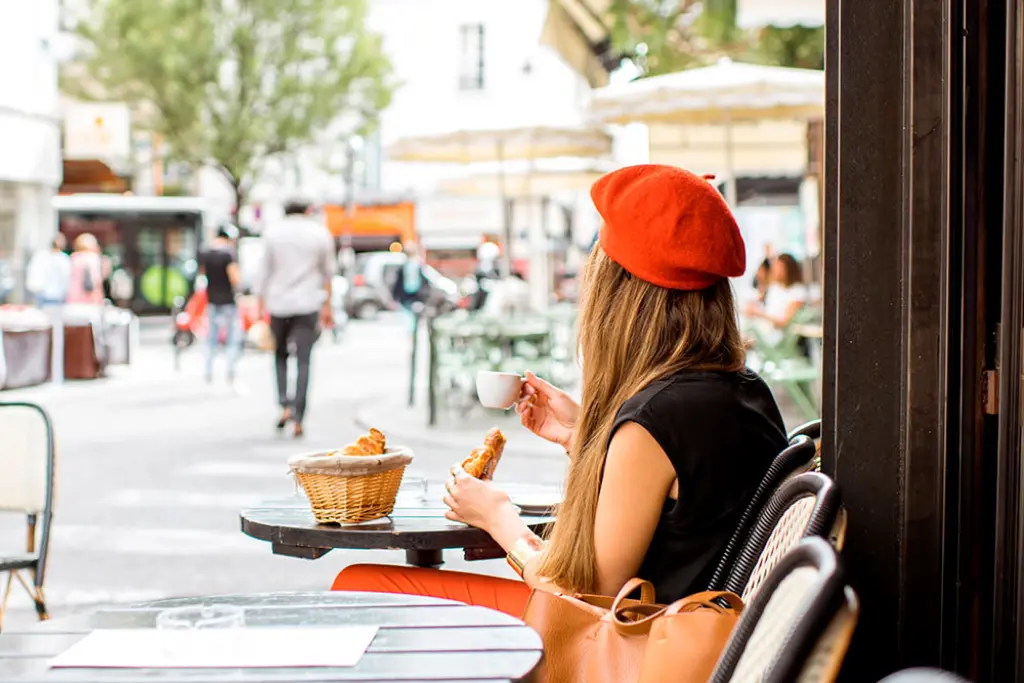
The dedication to quality, the passion for craftsmanship, and the appreciation for beauty have cemented France’s position as a cultural powerhouse. These elements permeate French society, from the grand museums to the local bistros, from the haute couture runways to the bustling markets. French culture has become synonymous with a certain style and savoir-faire that continues to captivate the world.
In conclusion, France’s reputation as a global leader in art, fashion, and cuisine is well-earned. Its rich history, its unwavering commitment to quality, and its unique blend of tradition and innovation have all contributed to its enduring appeal.
From the masterpieces of the Louvre to the elegant designs of Parisian fashion houses, and the exquisite flavors of French cuisine, France offers a cultural landscape that continues to inspire and captivate. The interconnectedness of these three realms enhances the unique experience that is French culture, creating a legacy that will continue to influence and inspire for generations to come.



